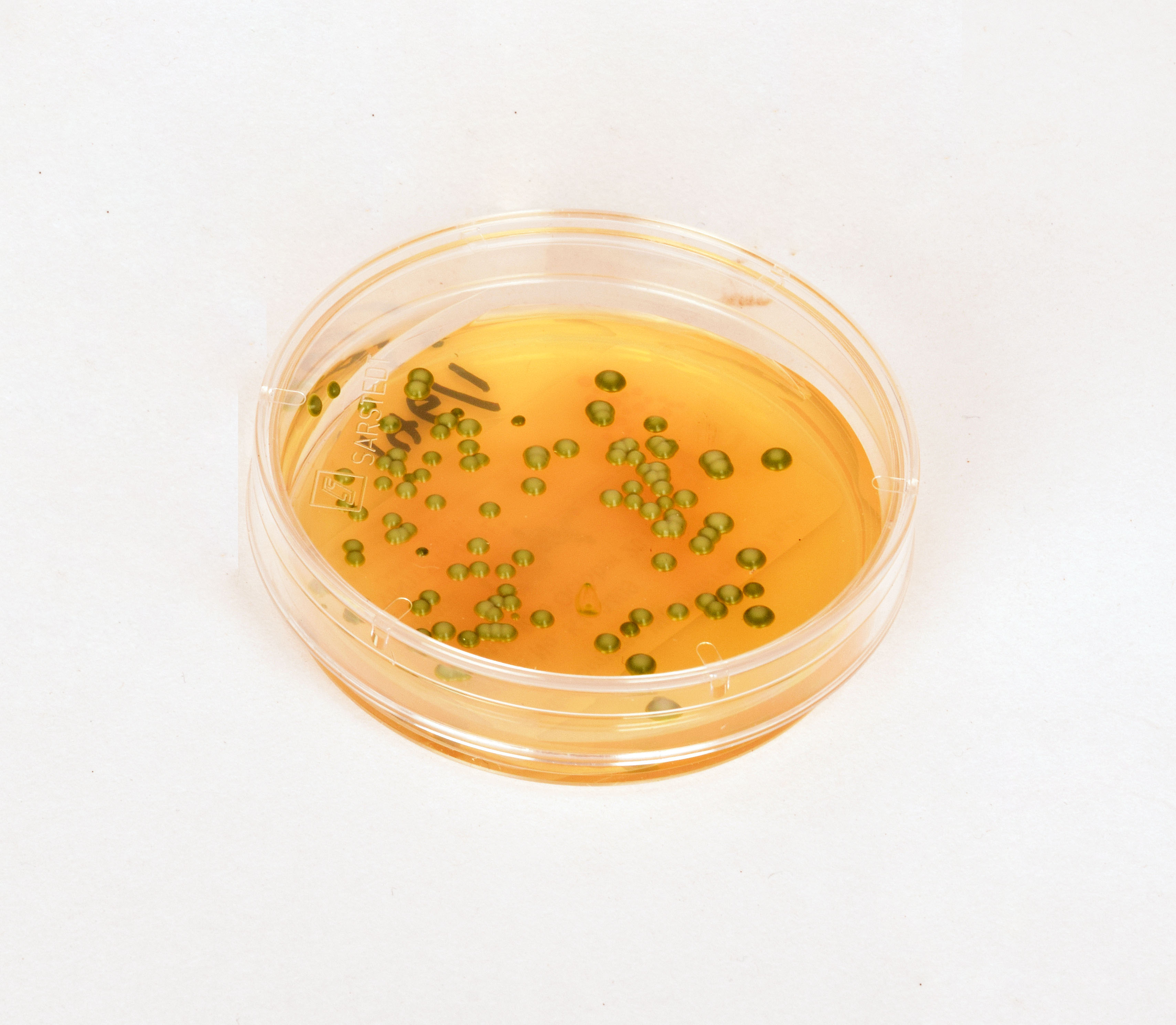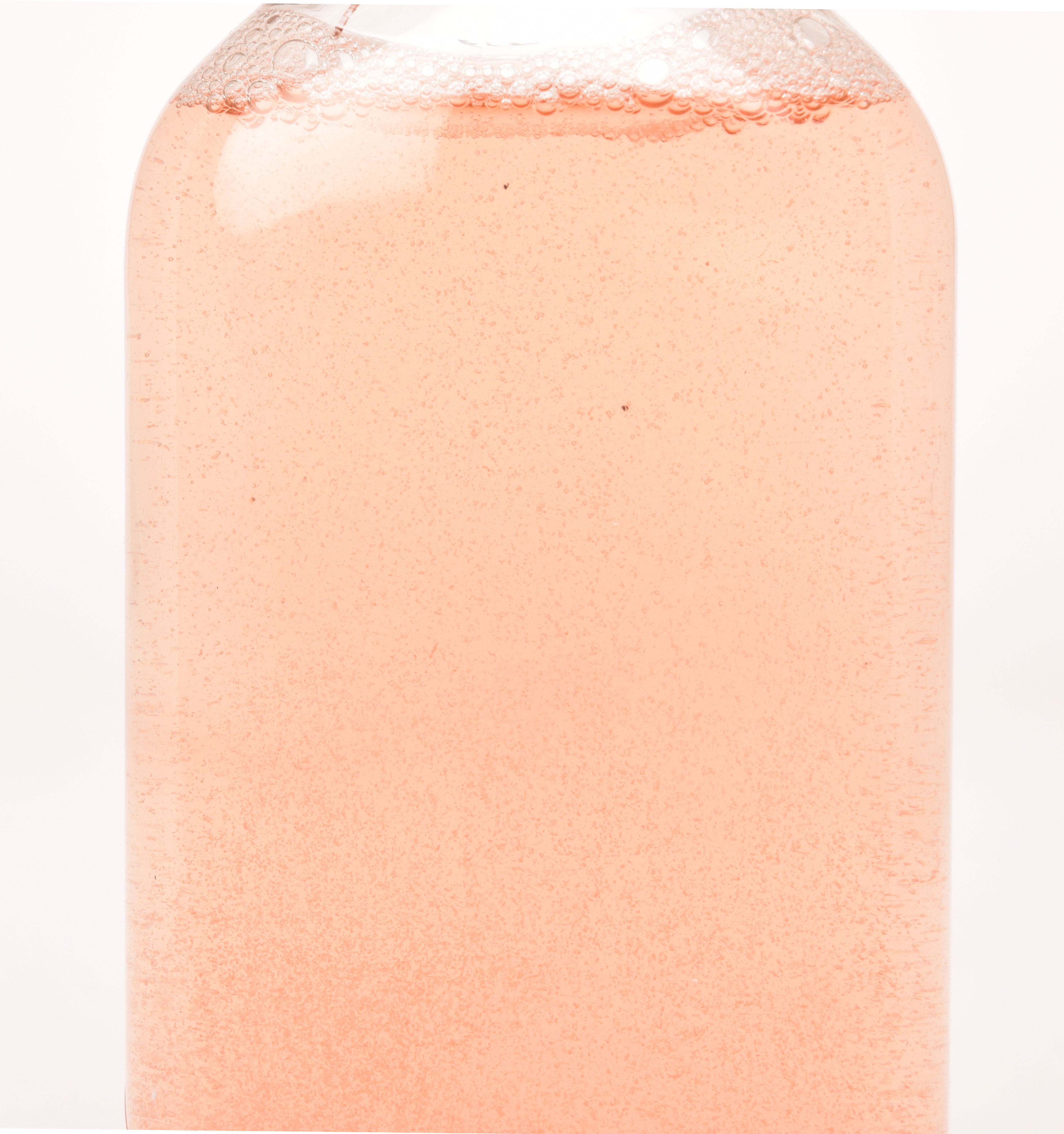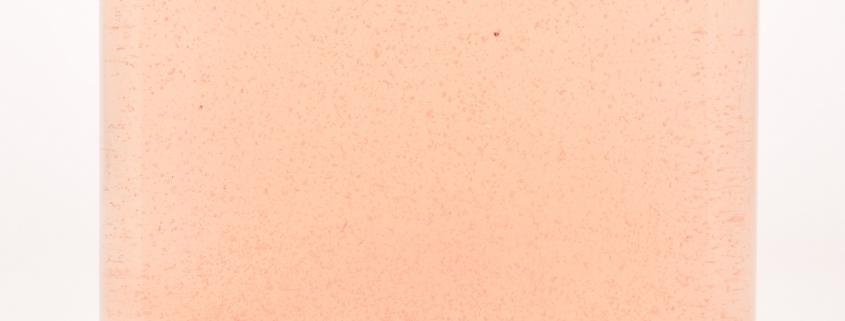The Last Chance to Get Your Wine Right – Pre-Bottling Analysis
Introduction
The wine you have made can be adjusted, fined, sulfured and played with for as long as you want. That is, until you lock it away in a bottle. So it’s important that the composition of your wine is exactly how you want it just prior to the bottling process. To be sure you have it right, a number of tests should be performed prior to bottling; this is known as pre-bottling analysis. There are a vast number of tests that could be performed, but there are, of course, time, effort and cost constraints to consider. In this article we discuss what we regard as the optimum testing for pre-bottling analysis.
The changing life of a wine
During a wine’s lifespan, a number of parameters change. Common changes from juice to finished wine include removal of the sugars (glucose and fructose) by yeast fermentation, removal of malic acid in reds by bacterial fermentation (malo-lactic fermentation – MLF), production of ethanol from sugars, change in pH, production of lactic acid by MLF, growth of spoilage organisms such as Brettanomyces bruxellensis (commonly referred to as Brett) and the addition of sulphur dioxide as an antioxidant and antibacterial agent.
A number of these major parameters are tested throughout the early life of the wine, at least up to the point where it is locked away in a container, such as a bottle, plastic bag or metal can. These parameters usually have a desired range that is considered best for the style of wine made. Often, particularly in large wine companies, a defined specification range will exist. So, it is paramount that the actual quantities are known just prior to bottling to be sure that the wine meets the desired specifications. Even in smaller wineries where a more artisanal approach is generally used, it is still important that some or most of these parameters are known.
Pre-bottling analysis
There is a recommended list of tests that we use in our 3 labs to confirm a wine is fit for the bottling line. For white wines they are:
Acetic Acid (volatile acidity)
Alcohol
Free & Total Sulfur Dioxide
Glucose & Fructose
Microbial Sterility
pH
Potassium Bitartrate (cold) Stability
Protein (heat) Stability
For red wines, as well as all of the above, we also include 4-Ethyl Phenol & 4-Ethyl Guaiacol (4EP/4EG) as a marker for infection by Brett and the resulting off-flavour development.
Of course many other tests can be done, however we have found over the past 20 years that this is a good compromise, and if a winemaker wants more tests, they can be performed as well. Many of these tests can be done at the winery, although often the smaller wineries will have only some of these testing capabilities and not all. This is where the consulting wine lab can assist.
Generally the very large wineries will have no problem doing all these tests (except 4EP/4EG), and may include others as well. Of course this is the list of tests that we have devised and don’t expect that it is universally applied. Wineries and other wine labs may well have slight variations on this bundle that they use.
Why these tests are recommended
Acetic acid (or volatile acidity)
The level of volatile acidity in wine is set by law and varies from country to country. It is also a measure of spoilage by the aerobic acetic acid bacteria (AAB). Although all wines have some acetic acid, there is a limit to what is considered appropriate and this varies with wine style. Barrel aging in particular tends to increase the levels and if care is not taken then high levels can develop at this stage.
Alcohol
Primarily due to taxation and labelling considerations, this parameter needs to be accurately known at the bottling and labelling stage of wine production.
Free and total sulfur dioxide
As the major preservative used in wine, this is a critical parameter to check. The free SO2 level can decrease rapidly and is usually adjusted just prior to bottling so is normally measured then.
Glucose and fructose
These major sugars can have a large impact on flavour and are the main food source for microbes but their concentration can easily change during the wine lifecycle – knowing the accurate level at bottling is therefore considered important.
Microbial stability
A critical measurement, this is the one group of tests that we do more than any others for individualised pre-bottling requests. It’s pretty obvious no-one wants any bugs in their wine that can cause spoilage after bottling. Typically, several plates with different media are cultured with the wine to check for yeasts, bacteria and moulds. With the recent advent of PCR for Brett (1) there is now a much faster, although slightly more expensive option, to test for viable Brett without the wait of up to 10 days for this yeast to grow on the plate.

Figure 1: A WLC plate showing plenty of Brett colonies
pH
This is a crucial stability parameter for a wine. pH has a large impact on the efficacy of sulfur dioxide. It also greatly affects the ability of spoilage organisms to grow – the higher it is the easier it is for most bugs to reproduce. It can also be difficult to get it very accurate unless great care is taken.
Potassium Bitartrate (cold) Stability
The presence of tartrate crystals in a bottle, particularly for white wines, can be an off-putting (but harmless) experience for consumers. It’s important to be sure that a wine won’t develop these crystals in the bottle and so this test is another important parameter to check just prior to bottling (2).

Figure 2: A rosé wine exhibiting tartrate crystals
Protein (heat) Stability
Like cold stability, protein stability is primarily about consumer acceptability. Not many people like drinking a cloudy wine. And as this property of wine changes during its early life, it is important to check this just prior to bottling.
Conclusion
There are a number of tests that can and should be performed just prior to bottling wine. It is up to the winemaker as to what they consider the most important tests to be done, however we have found that what we recommend is widely accepted. Some of these tests can be done in the small winery, most in the largest wineries, but some are best left for the specialist consulting laboratories. Whatever tests you decide to get done, remember, it’s your last chance to check and adjust your wine before you lock it away in a container that a customer will buy and then at some point consume.
References
1.Howell, G; Grapegrower and Winemaker, 617, 2015, 84-85, New test in the battle against Brettanomyces
2.Howell, G; Grapegrower and Winemaker, 529, 2008, 80-82, Wine diamonds are not a winemaker’s best friend – prevention of tartrate crystals in wine
Copyright© 2015 Vintessential Laboratories. No part of this publication may be reproduced in any form or by any means without the permission in writing from the copyright owner.




